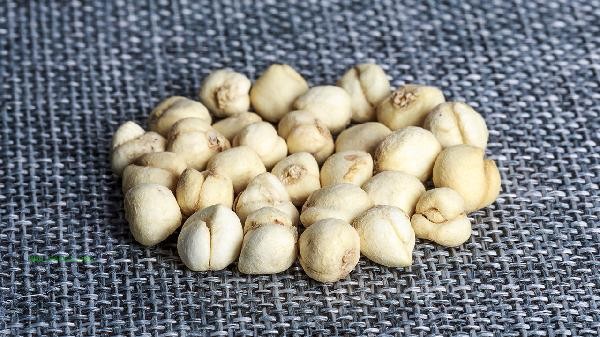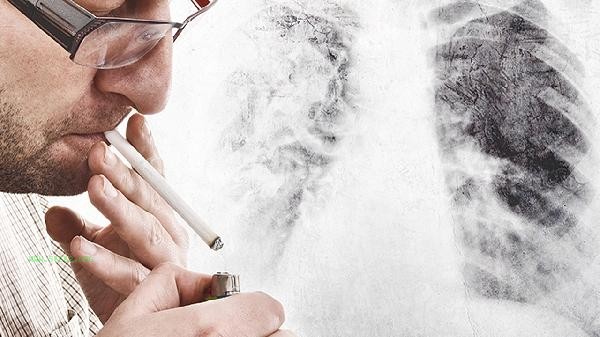Licorice is not suitable for everyone to take, and it is contraindicated for people with gastric ulcers, hypertension, hypokalemia, pregnant women, infants, and young children. Licorice has the effects of tonifying the spleen and qi, clearing heat and detoxifying, dispelling phlegm and cough, relieving pain, and harmonizing various medicines. It is commonly used to regulate symptoms such as spleen and stomach weakness, cough and phlegm accumulation, and abscess and swelling.
1. Taboo population
Patients with gastric ulcers should not take licorice, as the glycyrrhetinic acid in licorice may stimulate the gastric mucosa, aggravate gastric acid secretion, and lead to the enlargement of the ulcer surface. Hypertension patients should use it with caution. Long term use of large doses may cause retention of water and sodium, leading to increased blood pressure. Patients with hypokalemia should avoid using licorice, which has a similar effect to aldosterone and may exacerbate potassium ion loss. Pregnant and lactating women should avoid using it as it may affect fetal development or affect the baby through breast milk. Infants and young children with incomplete liver and kidney function have weak ability to metabolize licorice components, which can easily lead to adverse reactions.
Secondly, tonifying the spleen and tonifying qi
Licorice returning to the spleen meridian can enhance the function of spleen and stomach circulation, improve symptoms such as loss of appetite and fatigue. It is often combined with Codonopsis pilosula and Atractylodes macrocephala to form Sijunzi decoction, which is used to treat digestive system diseases such as chronic gastritis and irritable bowel syndrome. Its active ingredient glycyrrhizin can promote gastrointestinal mucosal repair, but it should be noted that long-term use may cause pseudo aldosteronism.
III. Clearing Heat and Detoxifying
Licorice has detoxifying effects when used raw, which can alleviate sore throat and swelling caused by heat toxicity. Modern research has shown that glycyrrhetinic acid can inhibit the release of inflammatory factors and is often used in combination with honeysuckle and Forsythia suspensa for acute tonsillitis. Glycyrrhiza extract for external use can treat eczema and dermatitis, but patients with diabetes should be careful to use preparations containing glycyrrhiza, which may interfere with blood sugar control.
Fourth, expectorant and cough suppressant
Licorice promotes the secretion of bronchial mucus and dilutes sputum. It is often combined with bitter almonds and Aster to form cough suppressant formulas, which are suitable for respiratory diseases such as chronic bronchitis and asthma. Its cough suppressing effect is related to the inhibition of the cough center, but it should be used with caution in patients with loose and white phlegm, as it may worsen phlegm dampness symptoms.
V. Harmonizing Various Medicines
Licorice plays a harmonizing role in prescriptions, which can alleviate the toxicity of drugs such as Aconitum and Aconitum, and reduce the strong diarrhea of rhubarb and saltpeter. Paired with white peony, it can enhance the effect of relieving pain in both acute and chronic conditions, and is used to treat muscle spasms and pain. It should be noted that there are 18 contraindications for compatibility with Gansui, seaweed, etc. During the period of taking licorice, blood pressure and potassium levels should be monitored to avoid co administration with diuretics and cardiac glycosides. It can be paired with japonica rice boiled Congee to alleviate the satiety of licorice. For people with damp and hot physique, it is recommended to use coix seed. When adverse reactions such as swelling and headache occur, it should be stopped immediately. Licorice should not be taken continuously for more than 3 months. It is recommended to use it under the guidance of a traditional Chinese medicine practitioner based on syndrome differentiation.








Comments (0)
Leave a Comment
No comments yet
Be the first to share your thoughts!